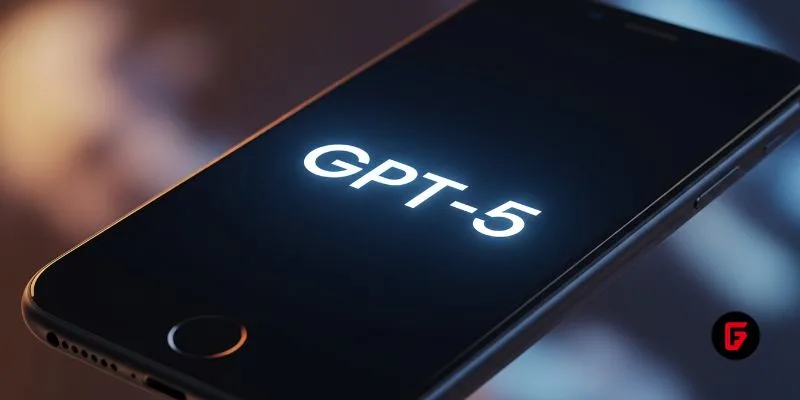Apple is taking a giant leap in artificial intelligence by confirming the integration of OpenAI’s GPT-5 model into its next-generation operating systems—iOS 26, iPadOS 26, and macOS Tahoe. Set to roll out next month, this upgrade marks a pivotal moment in the evolution of Apple Intelligence, delivering more robust capabilities for users of iPhones, iPads, and Macs.
What Does GPT-5 Bring to Apple Devices?
The adoption of GPT-5 represents a significant upgrade from the previously used GPT-4o model. Here’s what users can expect:
Siri Gets Smarter: When Apple’s in-house models can’t satisfy a request, Siri will now tap into GPT-5. This enables more accurate and nuanced answers to questions about your photos, documents, and even the world around you—making the assistant a true powerhouse for daily tasks.
Enhanced Writing Tools: Whether you’re drafting emails, creating social posts, or composing documents, the new AI can generate high-quality text and images from just a brief description.
Improved Visual Intelligence: Point your camera at any object or scene, and Apple Intelligence (now powered by GPT-5) can identify and explain what’s in front of you, enhancing everything from travel to learning to shopping.
Optional and Opt-in: GPT-5 features remain strictly opt-in, allowing users to enable or disable the integration as they see fit.
How does GPT-5 integration improve daily experiences on Apple devices?
This integration brings advanced reasoning and creative capabilities directly to Apple Intelligence. Apple’s in-house models handle most tasks directly on the device, but when a complex or open-ended request arises, GPT-5 takes over. You’ll see stronger results in:
Complex Conversations: Siri is now better equipped to answer multi-step, context-heavy queries and engage in more lifelike interaction.
Content Creation: Writing Tools can now compose longer, more nuanced, and error-free content, making them valuable allies for students, professionals, and creatives alike.
Visual Understanding: With more context and higher accuracy, camera-based searches can fully identify and explain detailed scenes or objects, bridging the gap between the real and digital worlds.
Live Translation: The new Live Translation feature allows for real-time language interpretation in FaceTime, Messages, and Phone calls, breaking down language barriers in both text and voice.
Next-Level Privacy Protections
Apple is steadfast in protecting user privacy during this artificial intelligence (AI) upgrade:
Anonymized Requests: When you use ChatGPT through Apple Intelligence, your IP address is hidden, and requests are not stored on OpenAI’s servers unless you link your personal OpenAI account (in which case, OpenAI’s data-use policies apply).
User Consent: You control if and when ChatGPT is used. Apple prompts for permission before any information—such as documents or images—is shared with OpenAI.
Strong On-Device Protections: Most Apple Intelligence tasks are handled using on-device models or Apple’s own secure servers, ensuring your data rarely leaves your device.
Fresh Features in iOS 26 and Beyond
iOS 26 is set to usher in a wave of innovative AI-powered experiences beyond just the GPT-5 boost:
Live Translation: Instant translation capabilities in calls and chats break down language barriers on the fly.
Smarter Visual Intelligence: System-wide upgrades let you search and interact with any on-screen content, not just camera inputs.
Creative Playground: Image Playground, now enhanced with GPT-5, offers new generative styles for visual and artistic tasks.
Expanded Language Support: Apple Intelligence will be available in more languages and regions, making advanced AI accessible to even more users.
Deeper App Integration: Apple is opening its intelligence model to developers, so a new wave of smarter apps is just around the corner.
Apple’s partnership with OpenAI signals a new era for on-device intelligence, ensuring that powerful features and robust privacy are not mutually exclusive. With the September rollout, users will experience a seamlessly integrated, contextually aware AI assistant that enhances productivity, creativity, and daily convenience—while still keeping user data private by default.
Whether you’re sending texts, translating conversations, or exploring the world through your camera, iOS 26 and GPT-5 are about to change how you use your Apple devices—and perhaps, how you think about what AI can do.














